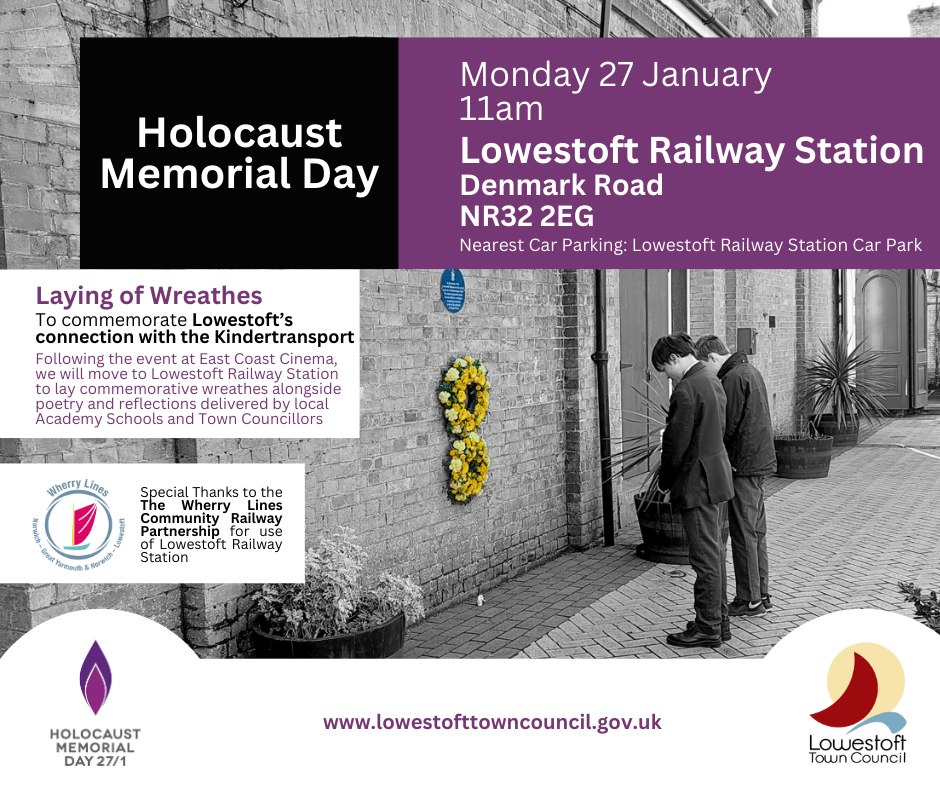From Here On, by the Ipswich based Gecko Theatre and the Good Chance Theatre of London, wowed residents at Harwich Yachting Beach during multiple performances in August and September.
The play was performed in Harwich as it was the main entry point for children and young people fleeing persecution across Europe, with the first ferry arriving on December 1, 1938.
The play made a strong emotional impact and moved many in the Harwich audience “to tears”.
Harwich mayor Pam Morrison said the play was “absolutely brilliant” adding: “They were incredibly proud to be in Harwich.
“It was not just about the Kindertransport, it was about child refugees everywhere.
From Here On was also performed in London Liverpool Street – where the children in Harwich were transported to.
Reaction – The play on Harwich Yachting beach moved audience members. The play was also performed in Dover and went to the Hague in Holland and Berlin in Germany.
Two of the full performances, from Harwich and London Liverpool Street, have been intercut to create a new forty-minute film including a short film from recently arrived young people in Dover.
This will be shown at the Electric Palace Cinema on March 19 from 6pm to 7.30pm, with there also being a talk with the creative team and young task.
While a brand-new exhibition which sheds a light on both the history of the Kindertransport and the contemporary experiences of people seeking safety.
This exhibition will include photographs and artefacts from the live performances to help bring you “up-close to the personal stories”
The exhibition will take place at the Harwich Arts and Heritage Centre from March 20 to 29, excluding Saturday, with tickets not being ticketed.
From Here On was supported by The National Lottery Heritage Fund, Arts Council England, Comic Relief, John Lyon’s Charity, the German Embassy, the Association of Jewish Refugees, the SHM Foundation, Big Give’s Arts for Impact Match Fund, Jessica Foung, and Alexander and Brenda Leff.
Free film tickets can be booked at https://www.eventbrite.co.uk/o/good-chance-30766234576











